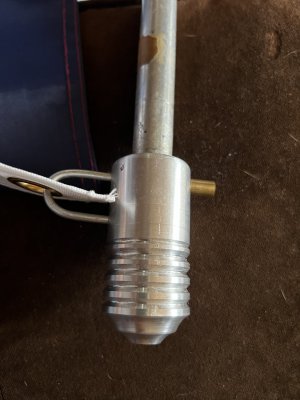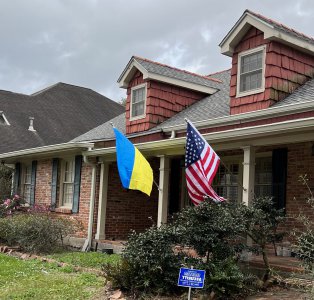I didn't mean to offend if anybody's offended.
I worked at the Landstuhl hospital for a decade or so. Lots and lots of young men each year would be shipped in from former Yugoslavia for treatment of landmine "road rash", mostly consisting of triple or double amputations. When I was a soldier, we were all over the trails and hills in the area from Macedonia into Kosovo and Albania and never "found" mines ourselves, but farmers in the area found them all the time. I have a photo from a blackhawk flyover of a field that looks like an impressionist painting of the sun, a clear center point with corn stalks laid down in a perfect radial pattern for a couple acres. A woman had stopped her tractor to move something out of the way, it was an anti-tank mine with a charge weight of about 17 lbs (as TNT). That's massive compared to a hand grenade, which is 6.5 oz of Comp-B (1.33 x TNT). Most folks have never heard an explosion of the likes of a real non-hollywood hand grenade, which can give you a nosebleed and detached retinas at 25 yards, a 50% kill radius at 5 yards, and 100% kill radius at 2.5 yards, so you can only imagine what 30x that force is capable of.
A Khmer Rouge General once described landmines as a 'perfect soldier': “Ever courageous, never sleeps, never misses.”
A more modern take is: "The landmine cannot tell the difference between a soldier or a civilian - a woman, a child, a grandmother going out to collect firewood to make the family meal... once peace is declared the landmine does not recognize that peace. The landmine is eternally prepared to take victims."
Could anyone even begin to imagine if the US Cavalry had planted landmines in the Rockies and Sierras during the so-called Indian Wars of the 1800s? They would still be there, some would still be functional, and we'd hear about victims and tragedies all the time. That's why I asked about it, because I understand what it means to have that local history.










